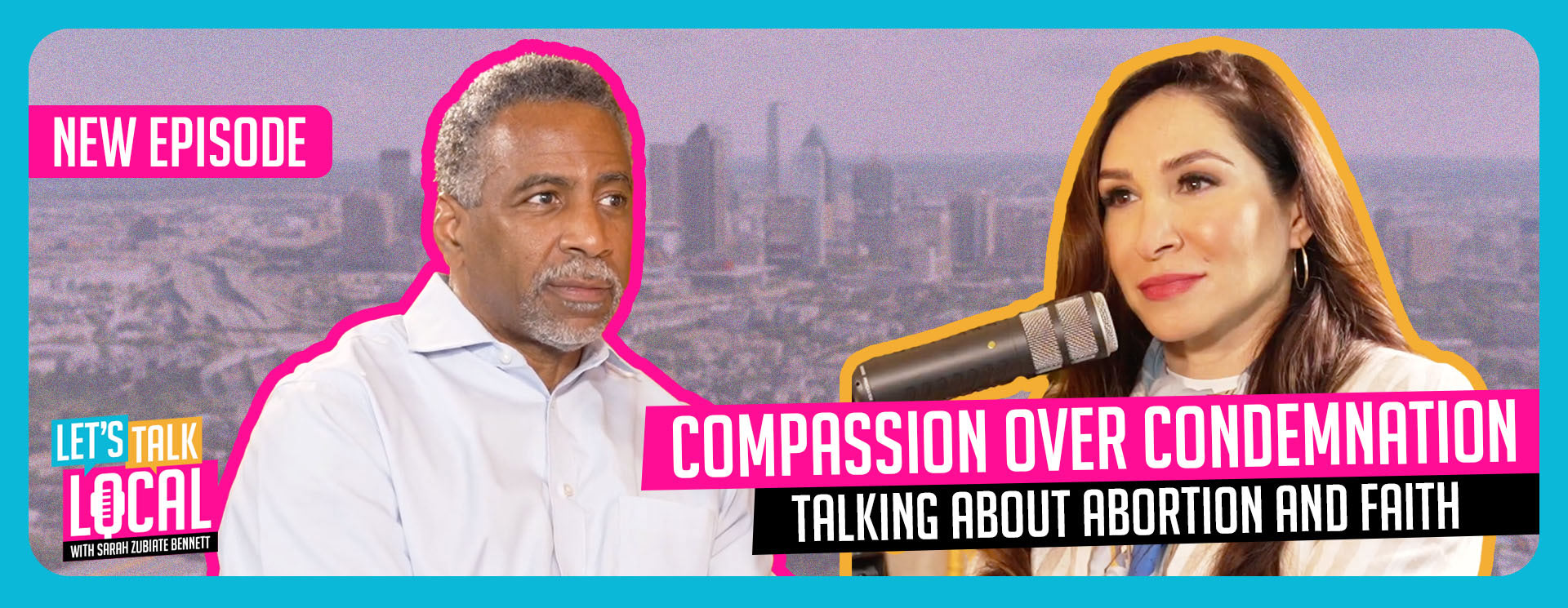How a $9 Water Bill Add-On Is Revolutionizing Local Healthcare Delivery
Medicaid reforms under the Trump administration have sparked intense national discussion about healthcare’s future. While the debate focuses on expansion, funding cuts, and the Affordable Care Act, local governments have begun charting their own course by building grassroots healthcare safety nets with little fanfare and no help from Washington. A quiet revolution in healthcare delivery is already underway in cities like Ferris, Texas, and there is a growing list of others.
In more than twenty cities across the country, officials have adopted what may be one of the most pragmatic and innovative healthcare delivery models in recent memory: treating healthcare like a public utility.
The Innovation Hiding in Plain Sight
One such model, Tap Telehealth by MD Health Pathways, channels healthcare access directly through municipal water systems. For $9 per month, added as an opt-out fee to household water bills, residents gain immediate access to telehealth services capable of addressing 99% of routine healthcare needs.
There are no insurance cards, copays, network restrictions, or prior authorizations. Just fast, accessible care with typically wait times of under two minutes.
The architect behind the program, Dr. Dirk Perritt, frames it this way:
“What if healthcare access was as reliable as turning on your tap? Not metaphorically, but literally. What if it came through the same municipal systems that already reach every household?”
This model is simple in design but profound in impact. By embedding basic healthcare access into existing local infrastructure, participating cities are eliminating key barriers to care that have long plagued low- and middle-income families.
Why Cities Are Taking Matters Into Their Own Hands
Interviews with city leaders reveal a consistent theme: the motivation is not ideological, but practical. These efforts are not attempts to establish socialized medicine at the municipal level. Rather, they are acts of governance rooted in problem-solving.
One mayor, speaking anonymously, put it bluntly:
“We have families choosing between medical care and groceries. I don’t care about the politics anymore. I care about the single mom with three kids who can’t afford to miss work for a doctor’s appointment. This program means she can see a doctor during her lunch break.”
The urgency of these efforts is underscored by federal trends. With the federal government preparing to cut nearly $900 billion from Medicaid, an action that will affect more than 11 million Americans, these cities are filling longstanding gaps in the system that are about to become even wider.
They’re not replacing traditional healthcare or insurance. They’re providing the foundational access that millions of Americans lack and doing so without waiting for national consensus.
A Model That Transcends Partisan Politics
Tap Telehealth has demonstrated a rare capacity to garner support across the political spectrum.
To conservatives, the model checks every box: it’s voluntary, locally controlled, and requires no taxpayer subsidy. It provides a cost-effective tool for reducing ER visits and helping small businesses provide healthcare access without triggering costly insurance mandates.
To progressives, it offers a long-sought breakthrough: universal preventive care access, support for underserved communities, and reduced reliance on crisis-based care.
In practice, the program has delivered measurable results:
- Emergency room visits for non-urgent conditions have dropped
- Small businesses report improved workforce stability
- Families report reduced anxiety and greater peace of mind knowing they can reach a doctor quickly
The results speak for themselves. Outcomes measured across participating communities demonstrate the program’s effectiveness.
The Numbers Tell the Story
Key metrics from participating cities underscore the model’s promise:
- More than 100,000 people now have access
- Average wait times under two minutes
- 99% of common health issues addressed
- $9 per month per household
- Zero federal or state tax dollars required
For context, the average American family spends over $22,000 per year on healthcare, often while still avoiding care due to cost.
Against this backdrop, the appeal of a simple, affordable, opt-out telehealth model is obvious.
Scaling the Model Without Reinventing the System
Unlike many failed reform efforts, Tap Telehealth succeeds not by attempting to overhaul the existing healthcare system, but by bypassing its most dysfunctional elements.
- By working through municipal utilities, it avoids the insurance bureaucracy entirely
- By relying on telehealth, it leverages widely adopted technology
- By keeping enrollment automatic (with the ability to opt out), it ensures widespread coverage without mandates
This streamlined design allows cities to implement the program without new infrastructure, without federal approval, and without partisan gridlock.
Local Innovation vs. Federal Paralysis
The newly passed Medicaid reforms will dominate policy discussions in Washington for months. Analysts will argue over their implications; lawsuits may follow. Meanwhile, municipal leaders are moving forward quietly, effectively, and without the dysfunction that plagues the federal process.
Local governments are proving that real healthcare reform can be community-driven, low-cost, and deeply impactful.
While Tap Telehealth isn’t intended for emergencies, surgeries, or specialized care, it does provide a practical solution for the many Americans who lack reliable access to everyday medical care.
A Different Question to Ask
If cities across the country can provide immediate healthcare access to their residents for just $9 a month without state or federal dollars, what does that say about the structure and priorities of national healthcare policy?
Perhaps the problem is not a lack of money or will, but a failure of imagination.
Instead of constantly asking how Washington will fix healthcare, perhaps the more urgent question is this:
What can communities fix on their own, right now?
Cities adopting this model aren’t waiting for a perfect federal solution. They aren’t choosing sides in the Medicaid debate. They are acting decisively to meet the everyday needs of their residents.
And in doing so, they may be reshaping the future of healthcare from the ground up.
That’s a revolution worth watching.
Noel Bernal is a seasoned leader in local government management, with nearly 15 years of experience driving civic innovation and infrastructure development. He built a career marked by a commitment to civic entrepreneurship, including addressing digital inequities in one of the nation’s most disconnected cities as of 2018, Brownsville, Texas. His vision is to bring more entrepreneurial thinking to the public sector and to reshape how public institutions can help address systemic and structural issues, such as healthcare reforms, through innovative solutions.
The views expressed in this article are those of the author and do not necessarily reflect the editorial position of AIM Media Texas, LLC.


